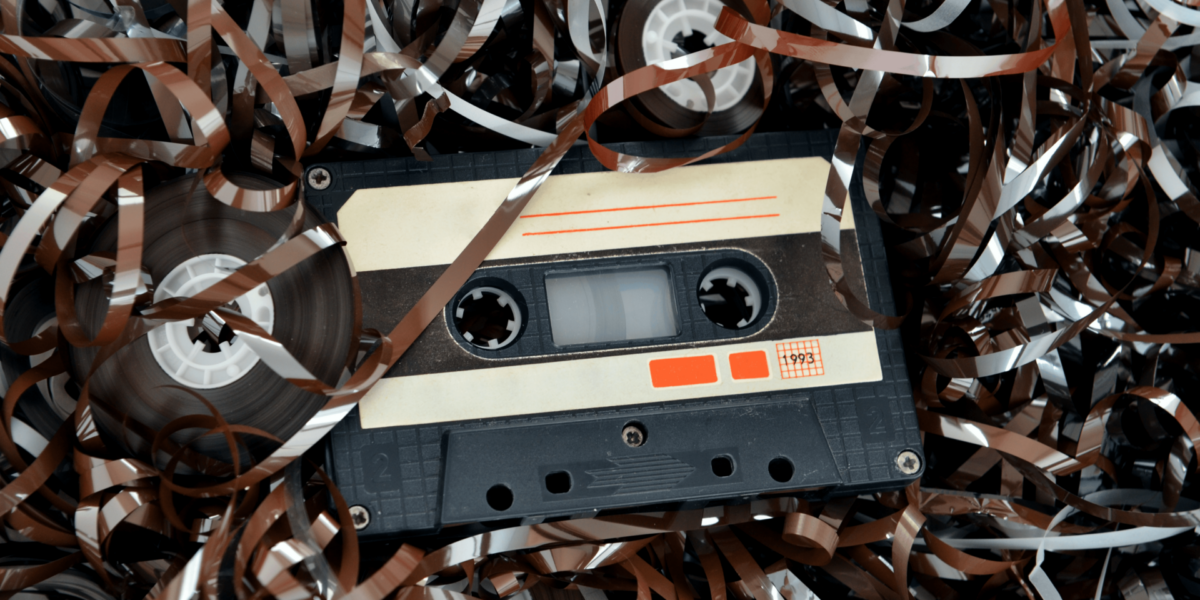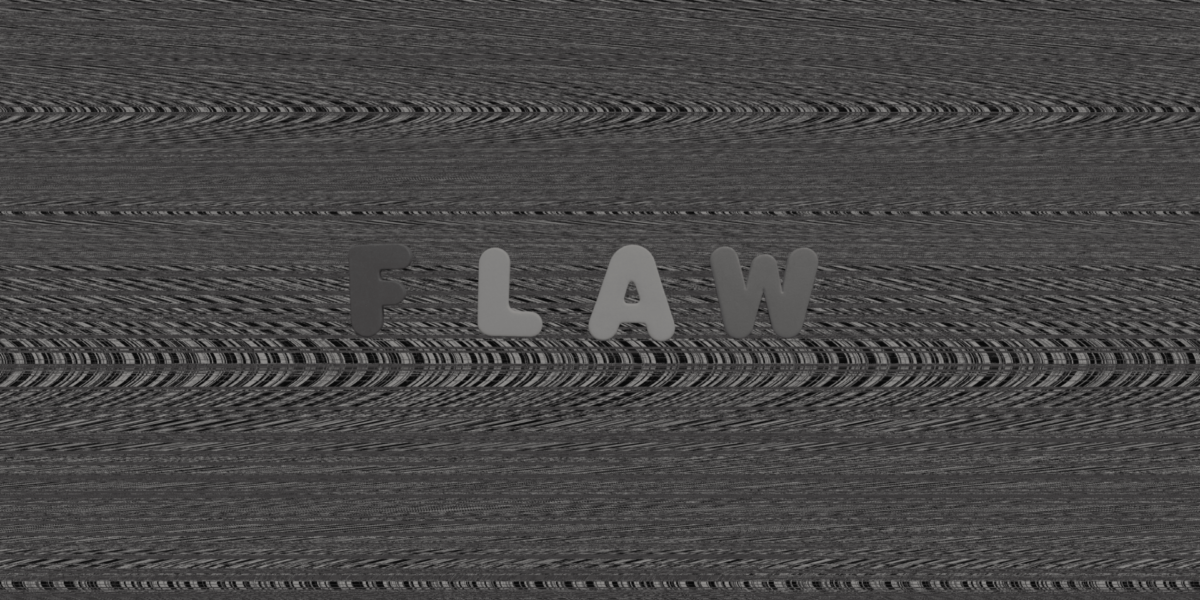Digital Archives Are Disappearing in Silence
In the digital age, archives are not built to last. As platforms change, formats expire, and servers shut down, once-accessible files slip away without notice. Unlike physical records that degrade over time with visible signs, digital loss often happens in silence. And in that silence, sound becomes the first memory to disappear.
When an archive begins to collapse, the audio traces—interviews, soundtracks, voice notes—are usually the least preserved. Without a clear system for storage or access, this auditory memory fades. The absence of sound leaves behind a flat, fragmented record of what once held emotional depth.
Sound Carries Emotional Weight That Visuals Cannot
Audio files offer a unique emotional texture. The tone of a voice, the ambient noise of a space, the background hum of an event—these layers build a more vivid memory than text or photos alone. Yet, sound is rarely prioritized in digital preservation.
Imagine someone opening an old folder and finding only text transcripts while the original audio files are missing. Without that sonic layer, much of the memory becomes abstract. The listener no longer hears pauses, tone shifts, or mood. What remains is factual but incomplete.
Formats Change Faster Than Memory Can Keep Up
Audio technology moves quickly. Each new app or platform introduces a new recording format. What worked five years ago may not play today. Without constant updates or format conversions, valuable sound files become unreadable.
A realistic scenario may involve a researcher revisiting old digital interviews only to find the file types are no longer supported by current software. The data still exists but is locked behind obsolete formats. In this way, the future can’t access the sound of the past, even when the file technically survives.
When Platforms Fold, Sound Vanishes First
Many online archives rely on commercial platforms that do not guarantee long-term preservation. If a podcast host, music platform, or voice memo app shuts down, the content often disappears without backup. Most users don’t think to download or duplicate what they assume is stored permanently in the cloud.
The result is a slow erasure of cultural sound. Voices from marginalized communities, independent creators, and small organizations are at the highest risk. They often depend on free or low-cost tools that offer little long-term support. Without intervention, their audio records dissolve without warning.
Organizational Gaps Lead to Silent Loss
Archival efforts often focus on documents, photos, or metadata. Sound recordings rarely receive the same level of structure. They’re stored in vague file names, scattered across devices, or embedded in platforms that do not prioritize search or categorization.
Without proper labeling or context, these audio files become difficult to retrieve or understand. Even when preserved, they lose impact when removed from their original framework. The soundtrack of an archive can’t speak if no one knows where to find it or how it connects to the larger memory.
Audio Deserves a Purpose-Built Preservation Strategy
To protect sound, it must be treated as primary content—not supplemental. That means developing storage systems, playback compatibility, and clear naming protocols designed specifically for audio. It also means separating sound from the volatile platforms that house it.
Preserving audio files requires more than keeping them on a device. It involves multiple backups, open formats, and migration schedules. These steps create continuity over time, ensuring sound remains accessible as software and systems evolve.
The Role of Sound in Collective Memory
In collective memory, sound offers more than individual emotion. It reflects social patterns, linguistic shifts, and environmental changes. A collapsing archive that loses its sound also loses these larger signals. It silences not just people, but places and moments.
Consider an archive of urban interviews recorded during a major transition. Without the sound, you miss not just what was said—but how the city sounded: traffic, construction, protest chants. The memory of place collapses into something sterile and incomplete.
Listeners Must Also Become Preservers
Preserving sound isn’t just the task of archivists. It falls to creators, users, and institutions. Anyone who records, listens to, or stores audio holds a piece of the larger memory web. Without individual action, no archive can resist collapse.
Listeners can take steps to download important recordings, convert files into open formats, and store them in multiple locations. Even labeling audio with clear metadata helps ensure its meaning stays intact across time.
Designing Archives with Audio at the Center
Most digital archives treat sound as an add-on. To preserve memory fully, sound must move to the center. That means designing user interfaces that support listening, categorizing by tone or event, and offering tools that make navigation easy.
A digital archive should allow users to search for sound, connect it with other media, and understand its place in the broader story. When these systems are built, they prevent collapse by giving sound a stable framework.
Save the Sound Before the Silence
Every archive collapses in its own way, but sound often disappears first. Whether through neglect, technological change, or platform failure, the sonic layer of memory fades faster than most realize. By the time people notice it’s gone, it’s often too late to recover.
To stop this erosion, we must prioritize audio preservation. We must give sound the same attention we give to text and image. Only then can we keep the full texture of memory intact in the digital age. Only then can we prevent silence from replacing the soundtrack of the past.


